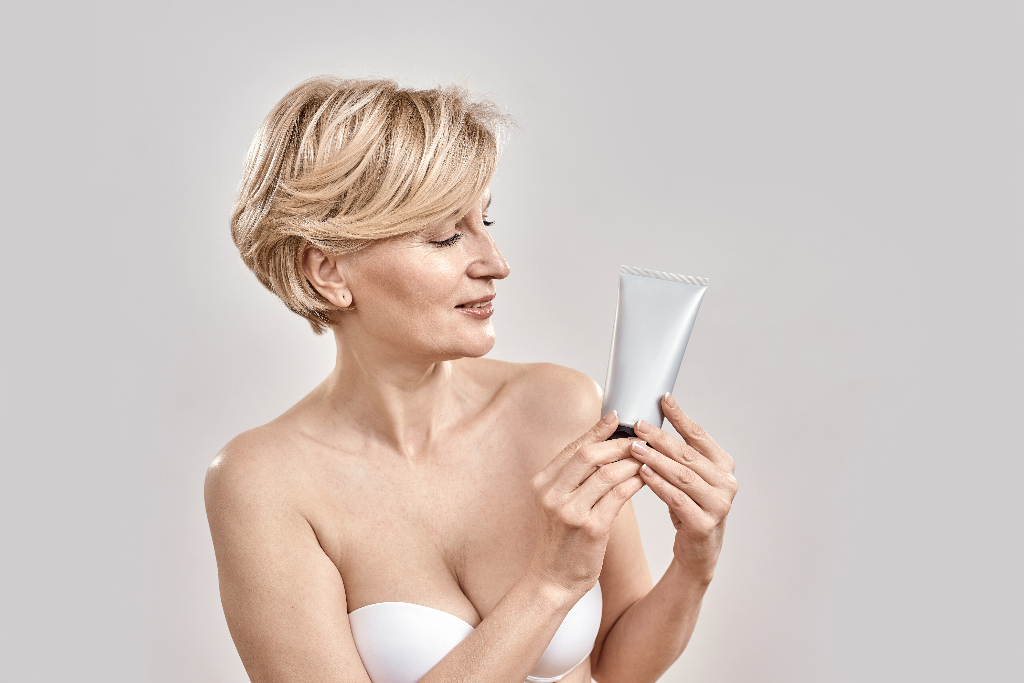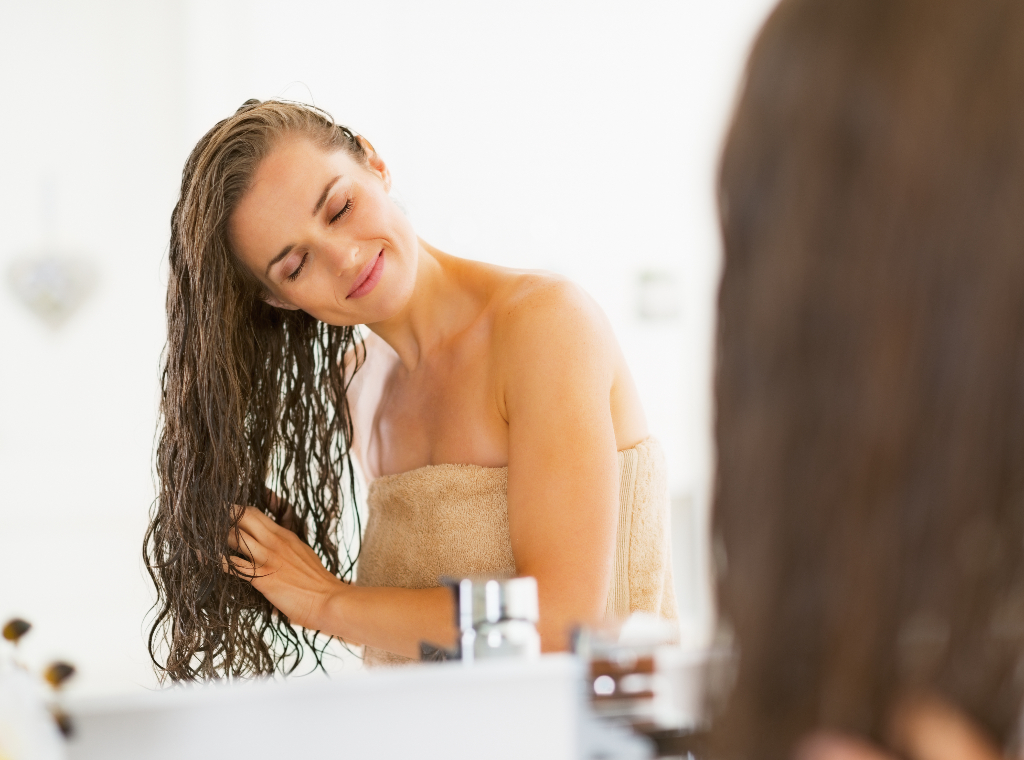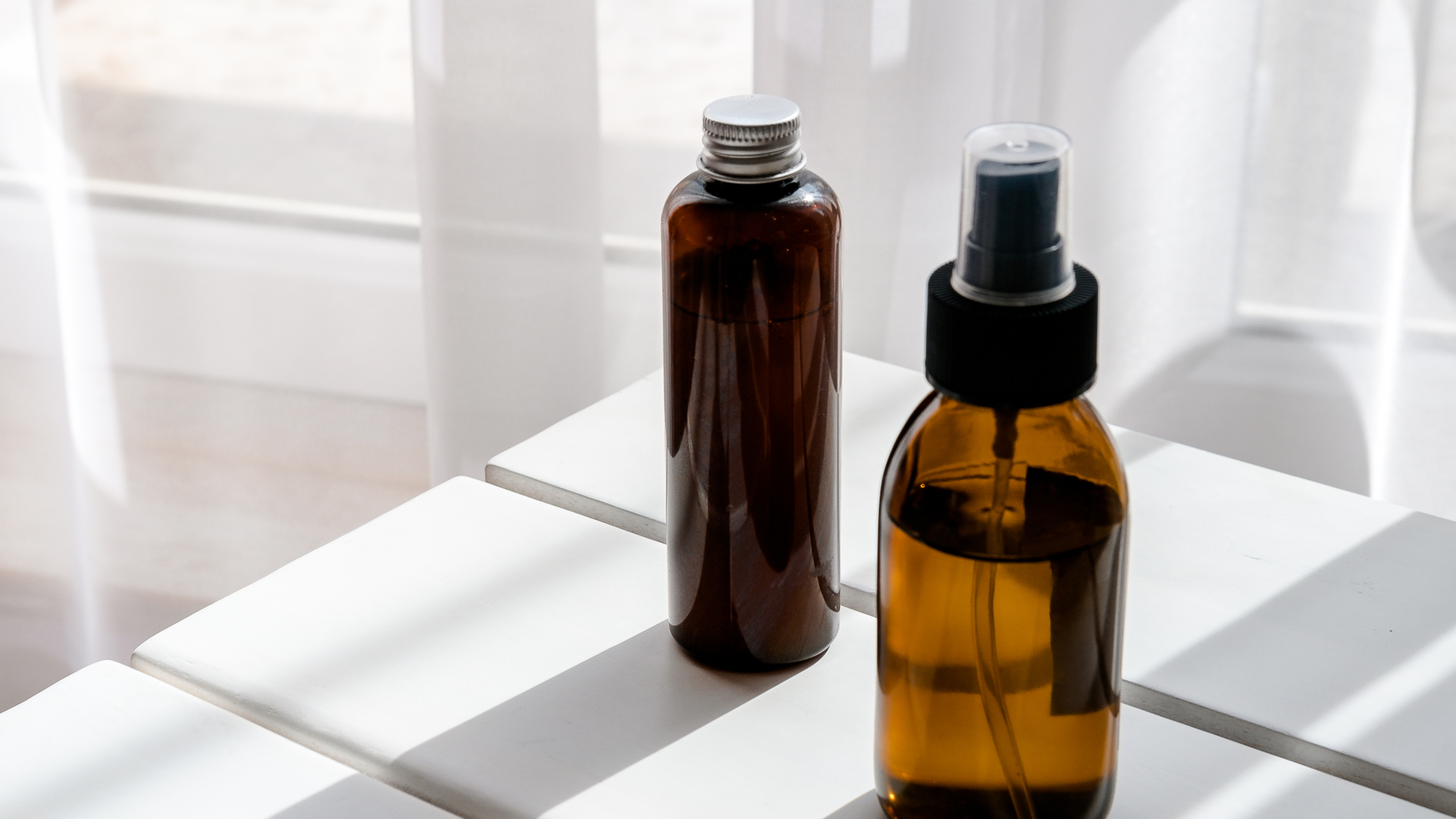If your once icy blonde hair has gone from platinum and sassy to dull and brassy, it’s probably time for toner. You pick up a great product to get rid of those orange or yellow hues and freshen your do until your next touch-up, but now what? Are you supposed to add toner to wet or dry hair for the best results?
We’ve got your answer right here, along with many others that are bound to creep up during your first at-home color-correcting treatment.
Toning wet hair is a big waste of time
Can you put toner on wet hair? You’ve probably heard that wet hair is more porous hair, so it’s better for product application, but have you ever tried to dry your hair with a wet towel? Just like the fibers in your towel, your hair can only absorb so much moisture. It’s easy to overcompensate for unwanted undertones when looking at your color on dripping wet hair, too.
Taking still soaked hair and distributing toner all over the place will get you uneven results that don’t last and a lot of wasted product.
Can I tone my hair while it’s dry?

Completely dry hair is also going to get you uneven distribution and, therefore, unpredictable results. Why? Totally dry locks don’t absorb product as well, and it’s hard to get the perfect amounts exactly where you need them. Your stylist has an ideal 360, top, and bottom view of your head. You don’t. Why make things harder on yourself for less than stellar results?
Tone like a pro: Damp, towel-dried hair
What’s the solution for perfect toner application, then? A happy medium. Towel dry clean hair, but make sure it’s still damp. This way, you get more porous strands, ready to soak up all that color-neutralizing goodness.
You don’t have to worry about big globs getting stuck in dry patches or having your application slip, slide, and drip right off. Just separate your hair into sections and use a tinting brush to apply evenly from roots to tips.
How long should you leave toner on?

Now that you have your toner working your hair from bleached-looking back to a nice blonde or correcting a rich brown that has turned red or orange, how long should you leave it on? Even if you’ve done this before, it can be difficult to remember what you did last time, what your stylist said while you were searching for a tip, or what those teeny tiny words on the bottle said.
Always read the instructions, always.
Reading the instructions thoroughly, and before you start, is the best way to get good results and avoid hair toning disasters like a purple, green, or even gray tint that you weren’t expecting. This is especially important if you’ve recently switched brands or switched to a different toning product by the same haircare brand.
Toner instructions can list times anywhere from 2 (Kerastase) to 10 (Pureology) to 45 minutes (John Frieda)!
How to choose the right toner for your hair
You’ve probably heard of violet toner (for yellow hair) and blue toner (to get rid of brassy orange), but have you heard of pink, blue-green, or green toner? Some brands even offer between 10 and 14+ color-enhancing shades. So, you have options. You choose the product designed to neutralize the tones you don’t want, depending on your starting and desired hair color.
Your hair colorist will most likely have their own favorite brand or line of toning shampoos, treatments, or masks. So, that’s an excellent place to start. You know what you choose works well with your professional color service and isn’t something that’s going to make your next visit unpredictable.
How long does hair toner last?
Making fresh from the salon bleach and dye jobs last as long as possible will take more than just choosing the right color toner. We’ve put together a few more tips to help you get great, long-lasting toner results.
- You can shampoo, but skip the conditioner before toner application.
- Rinse with cold water and condition afterward to seal in your results.
- Most hair toners will instruct you to wait 24-72 hours before shampooing your hair again. Read the instructions.
- Washing your hair will shorten the life of your toning treatment unless you use a shampoo, gloss, or glaze meant to be used at each wash.
- Keep sun and heat exposure to a minimum.
How wet does your hair need to be for toner?

There’s no need to guess, call your colorist about that unfortunate purple patch, or deal with a disappointingly short-lived toning job. Stick to towel-dried, damp hair for the best color correcting or refreshing results. You’ll be rocking that red, showing off that silver, or back to babe in blonde status in no time.
Trying to keep dyed hair looking great? Get that toner right!
So, the key to kicking those unwanted undertones to the curb is knowing when and how to apply color-correcting toner. Knowing whether you should put toner on wet or dried hair helps you use toner correctly and get more out of it and your style for far longer.

